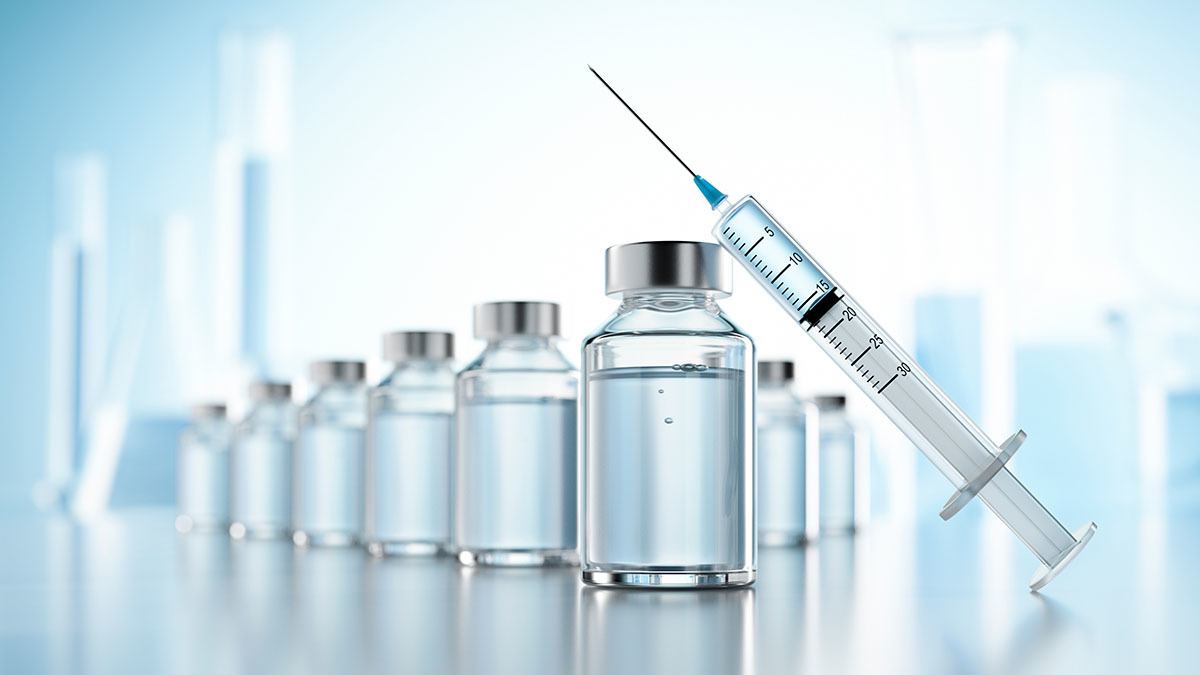USP Ink Leachables Testing
The USP Ink Leachables Testing service is designed to evaluate the potential transfer of chemicals from ink onto pharmaceutical products or packaging. This testing ensures that inks used in drug labeling do not contain substances that could be harmful if they migrate into the product during storage, transportation, or use. Compliance with United States Pharmacopeia (USP) standards is crucial for maintaining safety and quality assurance in the pharmaceutical industry.
The USP test evaluates extracts from ink used on drug labels to ensure that no potentially harmful substances are transferred onto the product. The primary goal of this testing is to identify and quantify leachable organic compounds, metals, and other elements present in the ink. This process helps manufacturers adhere to regulatory requirements set forth by USP.
The test involves several steps: first, a sample of the ink is prepared according to established protocols. Then, it undergoes extraction using various solvents designed to simulate real-world conditions such as humidity and temperature fluctuations. The extracted compounds are analyzed using advanced analytical techniques like High-Performance Liquid Chromatography (HPLC), Inductively Coupled Plasma Mass Spectrometry (ICP-MS), or Gas Chromatography-Mass Spectrometry (GC-MS).
The results of the USP Ink Leachables Testing provide critical data on which leachable compounds are present and their concentrations. This information is essential for ensuring product safety and can influence decisions regarding ink selection, packaging design, and manufacturing processes.
Compliance with this testing requirement is mandatory to meet stringent regulatory standards set by the US Food and Drug Administration (FDA) and other international bodies. Failure to comply could result in product recalls, legal action, and reputational damage.
The importance of USP Ink Leachables Testing extends beyond mere compliance; it also enhances consumer trust and protects public health. By ensuring that ink does not contribute harmful substances to the drug or its packaging, pharmaceutical companies uphold their responsibility towards patient safety.
Why Choose This Test
- Comprehensive Analysis: Our USP Ink Leachables Testing service offers a thorough evaluation of potential leachable compounds from ink onto pharmaceutical products or packaging.
- Regulatory Compliance: Ensures strict adherence to USP guidelines, which are essential for maintaining high standards in the pharmaceutical industry.
- Advanced Analytical Techniques: Utilization of cutting-edge analytical instruments such as HPLC, ICP-MS, and GC-MS ensures accurate identification and quantification of leachable compounds.
- Expertise and Experience: Leveraging our team's extensive experience in pharmaceutical testing allows us to provide reliable results and actionable insights.
- Customized Solutions: Tailored services based on specific client needs and product requirements, ensuring comprehensive coverage of all relevant parameters.
Competitive Advantage and Market Impact
By choosing USP Ink Leachables Testing, pharmaceutical companies gain a significant competitive edge in the market. The ability to demonstrate compliance with stringent regulatory standards enhances brand reputation and consumer confidence. This not only fosters trust among customers but also supports long-term business sustainability.
The testing process underscores a company's commitment to quality and safety, which is increasingly valued by consumers. In an era where transparency about product ingredients and manufacturing processes is paramount, adhering to rigorous testing protocols like USP can set a company apart from its competitors.
In addition to enhancing market reputation, compliance with these tests also reduces the risk of legal challenges and recalls. This proactive approach to quality control can lead to cost savings by preventing costly mistakes down the line. Furthermore, it opens doors for potential collaborations and partnerships within the industry due to established reliability and adherence to best practices.
The impact on market performance is substantial; companies that excel in maintaining high standards of quality are more likely to attract investment opportunities, expand their customer base, and achieve sustainable growth over time. In essence, USP Ink Leachables Testing serves not only as a regulatory requirement but also as a strategic tool for competitive differentiation and sustainable business success.
Use Cases and Application Examples
| Use Case | Description |
|---|---|
| Labeling Compliance | Evaluating ink used for drug labeling to ensure it does not transfer harmful substances onto the product. |
| Packaging Design Optimization | Determining which inks are safe for use on different packaging materials without compromising product integrity. |
| Product Development | Identifying potential leachable compounds early in the development process to make informed decisions about ink selection and formulation. |
| Quality Control Monitoring | Monitoring ink batches for consistency and ensuring they meet stringent regulatory requirements throughout production cycles. |
| Supplier Evaluation | Evaluating the safety of inks supplied by different manufacturers to select those that best align with quality standards. |
| New Product Introduction | Conducting comprehensive testing before introducing a new product to market to ensure compliance and minimize risks. |
| Risk Management | Identifying potential risks associated with the use of specific inks and implementing necessary measures to mitigate these risks. |





